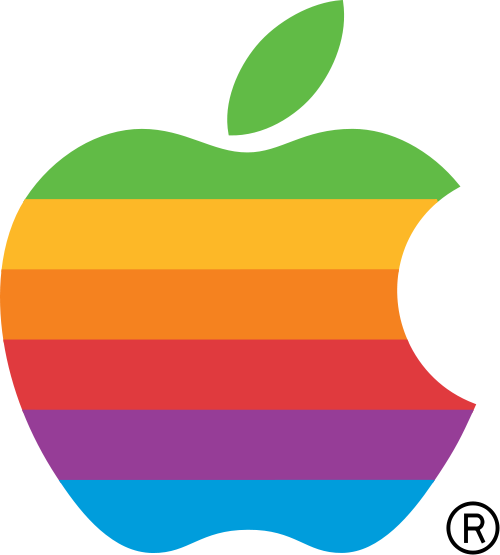 Back to selection
Back to selection
Apple Announces New Final Cut Pro At NAB

“Something as revolutionary as the first version of Final Cut Pro when introduced in 1999.” That’s how the new version of Apple’s editing software was announced at the Final Cut Pro User Group Super Meet Up at NAB tonight. The new version of FCP has been hinted at for months, and after several prominent editors were shown a demo — and made to sign NDA’s that apparently only allowed them to leak words like “awesome” — the post production community has been awaiting its official unveiling. Many thought it would appear this summer alongside the release of the new OS, Lion, but days before NAB Apple took over the FCPUG Super Meet Up, booting all scheduled presenters and personalities (including Kevin Smith) for what became the hottest invite at the conference.
So, what’s new in FCP 10? Here are some notes, reactions and a few raves from the event as they’ve streamed invia Twitter. And click here for a excellent first hand report from inside the room by David Leitner.
— a new build, “from the ground up” (This presumably allowed Apple to skip FCP 8 and 9.)
— 64-bit.
— in-built rendering
— you can edit while importing
— Content Auto-Analysis checks for image stabilization, etc. People and shot detection on import as well as automatic non-destructive color balance. (HT: MacRumors)
— “Looks like iMovie/ Smoke type interface and it’s black! No longer white.” — Walter Biscardi
— “My tweet stream is divided into 2 camps: Wooo! the new FCP is like iMovie, & Crap! the new FCP is like iMovie.” — @mikeconaty
— iMovie seems to be harming Apple. If there was no iMovie to compare FCP X to, no one would think it was “iMovie Pro” — @thepeatgroup
— “Apple is really pulling out all the stops with FCP X. 64-bit, OpenCL, linear float processing, background rendering, tons of automation.” — @nicedissolvepro
— “Vastly improved linking. Keeps content & secondary assets together all the time. Magnetic timeline prevents you from colliding clips.” @dbax
— “Inline precision editor”: makes standard edits (roll, ripple, slip) easier by dynamically expanding to reveal all source media ala iOS (@fcpsupermeet)
— smart collection of clips and audio based on metadata and people in shot. (Engadget)
— Clip Connections: Audio and Video and be locked together and be one clip on a timeline (no longer a V1 and A1 A2 track). Can lock audio clips with specific video clip, so if moved on timeline they stay synched (via @reximilian via MacRumors)
— #FCP-seem to be repackaging a lot of current features with some sugar added. Huge workflow changes. Huge. — @cgyfcpug
— “CP X is going to change my life. Organization, background processing/analysis… “your timeline is no longer fragile.” — @kierafaye
— “FCP X has built-in tools making editing b-roll easier. Dubbbed “Second Stories.” Gotta love Apple’s branding for this kind of stuff.” — Macgasm
— one-click color matching between clips
— “Color ranging allows for primary and secondary color correction adjustments in a very clean implementation.” @silveradosys
— “New #FCP: No rendering + No transcoding = Less storage space needed = cash in pocket” — @storymixpro
— “Fade handles right in the timeline, including right-clicking to choose type of fade — no more keyframe dots. Similarly, audio editing handles based on selections right in the timeline — and the audio waveform moves up and down to reflect the changes.” (No Film School)
UPDATE: This morning, Craig Bergonzoni forwarded me these thoughts on the event:
The demo of FCP X amazed me in many aspects and had me craving to see more.
As soon as the slide came up with a picture of the interface you heard many reactions, like “See, it’s iMovie pro.” Assuming iMovie pro is a bad thing then many of the crowd were set up for disappointment from the beginning.
Let’s forget the name of the app and the company who makes it for a moment. The post-production app I saw demoed a few hours ago excited me like no other in recent memory. In post-production one of the main goals is to worry about the art and have the software all but disappear. This fluidity usually occurs when the editor knows his system inside and out. FCP X seems completely designed with that standard in mind. How can we make this software get out of our way at every chance?
Footage importing, logging, and organizing are actions completely rethought. The features in those areas are vast and impressive, but the timeline, or editing area, is what dropped my jaw. What we used to call a timeline feels more like a clean canvas for editing masterpieces. It starts with no visual tracks. Tracks appear and disappear as needed. Audio tracks move up or down when another audio track threatens its space. Audio stays in sync much easier now, even secondary audio or music. The timeline is smart. It becomes a participant in your edit. Almost all of the amazing moments I saw last night were related to the new editing tools in the timeline.
I have more questions about FCP X & the other FCS apps than I can write down. Apple is making some daring moves with this release that no other company has the gall to try. Apple is once again leading the industry and raising the bar with what we should except from an NLE.
Final Cut Pro X will be available in June from the App Store… for the surprisingly low price of $299.
And one more: “Sure, the new #FCP software is great, but with a price tag of $299, where do we draw the line between consumer and professional software?” (@christopherself)
